Open enrollment for many companies and their employees is here or almost right around the corner. Here's a look at some common employee benefit options, including insurance and investments, that come up during open enrollment and what to consider when selecting your options in each category.
Health Insurance
Whether you're acquiring insurance from your employer or navigating the Affordable Care Act marketplace, posing the right questions before selecting a health plan is crucial. Utilize the open enrollment period as an opportunity for a personal health audit. By looking at your present and future healthcare requirements, you can effectively determine the most suitable plan for you.
Use these questions to help guide yourself on how to evaluate and consider your options.
- Are your doctors in-network? Plan networks undergo occasional alterations. If you have a strong affinity for your current doctor or specialist, ensure they remain within the network of the plan you're contemplating for the upcoming year. Additionally, factor in whether you desire the flexibility to seek services outside the network. Typically, preferred provider organization (PPO) plans allow for this flexibility, albeit at a higher cost. On the other hand, health maintenance organizations (HMOs) are generally more cost-effective but may limit your options when it comes to out-of-network services.
- Are your medications covered? If you rely on prescription medications, it's crucial to examine plan formularies to ensure a clear understanding of how your drugs will be covered in the coming year. Drug coverage can undergo changes from one year to the next, even if you opt to remain with the same plan.
- What are the out-of-pocket costs? Each health plan has fixed costs, such as monthly premiums, along with care-related expenses like deductibles, copays, and coinsurance. Comparing plans involves projecting your anticipated healthcare usage for the next year. You can calculate the costs you'd incur if your usage is primarily limited to preventive care. You should also consider the maximum amount you might pay in each plan if you anticipate being a frequent user of healthcare services, or in case there is an emergency that involves more medical services at a higher cost. However, there exists a nuanced middle ground where the optimal plan hinges on the quantity and nature of care you expect to need in the coming year. The challenge lies in the uncertainty of predicting healthcare spending.
- Should you get a high-deductible health plan? Currently, a high-deductible health plan (HDHP) is one with a deductible of at least $1,600 for individual coverage or $3,200 for family coverage, with corresponding out-of-pocket maximums capped at $8,050 or $16,100. Typically featuring lower premiums, HDHPs may also come with employer contributions to a health savings account (HSA) to assist with deductible coverage. A HDHP can suit individuals in diverse health scenarios, provided they are financially prepared to meet the deductible when accessing healthcare services. For those in good health, opting for an HDHP can be a prudent choice and an included HSA can provided additional saving opportunities. However, in the event of a significant accident, it becomes imperative to ensure that you have the financial means to cover the entire deductible and even the maximum out-of-pocket.
- Can you stack benefits? Your employer might provide voluntary benefits that assist in covering expenses not covered by your primary insurance. For instance, certain policies could contribute to expenses in the event of an accident or a cancer diagnosis. Exploring this avenue may reveal the opportunity to acquire a high-deductible health plan alongside a supplemental plan that would cover your deductible. This combination could potentially allow you to manage your deductible at a cost lower than that associated with a traditional health plan.
- Do you have any special care requirement? Not all insurance plans encompass procedures like weight loss surgery or infertility treatments, and this distinction can significantly impact your considerations if you're contemplating such procedures. The coverage landscape can vary, with one insurance company endorsing a particular surgery or test, while another deems it investigational or medically unnecessary. It's essential not to presume that a plan remains unchanged or has the same coverage as another similar plan, even if it seems identical to the one you had with the same company the previous year. Changes may occur that are pertinent to your needs and priorities.
Health Savings Accounts
As mentioned above, Health Savings Accounts (HSAs) become accessible to individuals selecting a high-deductible medical insurance plan, often permitting investments after reaching specific minimums. Renowned for their tax advantages, HSAs offer a deduction on contributions, tax-deferred growth, and tax-free distributions when utilized for qualified medical expenses. While these accounts provide significant tax benefits, it's worth noting their relatively lower maximum contributions compared to retirement investments, capped at $3,850 for individuals and $7,750 for family coverage. HSAs are a useful savings vehicle for not just medical expenses, but even for other expenses as well. These have been covered several times here before, so you can read more about HSAs in previous Escient Financial Insights articles.
Retirement Account (i.e. 401(k))
As you review your benefits package, it's worth giving a second look at your employer-sponsored retirement plan, if available. Many companies offer a matching contribution, often up to a specified percentage of employee contributions—such as a 3% match on contributions up to 3%. Since this essentially constitutes free money, it's generally advisable to contribute at least up to the matched percentage if you can do without the immediate income for your current expenses.
Many people think they're maxing out their contribution as long as they're contributing up to the match amount. However, this is not always the case. In fact, it rarely is since most employers limit their match.
Consider a 40-year-old employee making $80,000 per year, and whose employer provides a 401(k) with a 3% match.
If the employee contributes 1%, then they will contribute $800 and their employer will also contribute $800, for a total of $1,600.
If the employee contributes 3%, then they will contribute $2,400 and their employer will also contribute $2,400, for a total of $4,800.
However, the annual maximum 401(k) contribution for 2023 is $22,500. That figure is actually just the employee's personal contribution. The employer can still contribute on top of that, up to a $66,000 annual maximum per participant. With a 3% match, for this employee, the employer's contribution would be $2,400. That brings the total contribution for this employee to $24,900.
If you have extra income, and think you'll need or want additional income and money during retirement, 401(k)'s are a great investment vehicle to save for your future.
Term Life Insurance
Term life insurance aims to provide a tax-free death benefit to your chosen beneficiary in the event of your passing while employed. Often, a benefit equivalent to a multiple of your salary may be accessible at minimal or no cost to you.
When contemplating the purchase of additional term insurance through your employer, it's crucial to align your coverage with an insurable need. Examples of such needs encompass income replacement, debt settlement, burial expenses, and the restoration of household emergency funds. This ensures that your loved ones' needs are adequately addressed in the unfortunate event of your demise.
However, it's noteworthy that such insurance is typically non-transferrable. In other words, if you transition to another company, the policy and death benefit amount does not move with you. In cases where portability is an option, it often comes with a default medical rate, potentially rendering it more costly compared to privately procured insurance.
To secure comprehensive coverage that transcends employment changes, or offers a higher death benefit than your employer's policy offers, you may want to consider collaborating with an insurance agent. That would provide the option of supplementing company term insurance with a personal life insurance policy, ensuring the well-being of your loved ones irrespective of your current workplace.
Disability Income Insurance
Disability income insurance safeguards your capacity to earn an income. In the event of disability, this insurance ensures that a portion of your earned income is disbursed to you. Many employers offer coverage that is up to 60% of your salary.
The thought of potential disability often crosses minds only when it materializes. However, statistics reveal that approximately 1 in 4 individuals will require disability income support at some juncture in their professional journey. It's imperative to grasp the intricacies of your coverage, understanding whether benefits are taxable, the qualifying conditions for disability benefits, any waiting periods before benefits commence, the anticipated amount, and the duration of coverage.
During open enrollment, there's an opportunity to reassess and modify these variables or choose to enroll in disability income coverage. This proactive approach ensures a comprehensive understanding of your protection, enabling informed decisions about potential financial support in the event of unforeseen disability.
Accidental Death and Dismemberment Insurance
Accidental Death and Dismemberment insurance (AD&D) stands out as one of the most budget-friendly insurance options available. The reason behind its affordability lies in its low likelihood of payout. This insurance comes into effect if you were to meet an untimely demise due to an accident while employed.
Imagine you're an avid outdoor enthusiast, and during a weekend hiking trip, you encounter a sudden and unforeseen accident. While navigating a challenging trail, you slip and fall, resulting in a serious injury. Despite receiving immediate medical attention, complications arise, leading to the unfortunate loss of one of your limbs.
In this scenario, AD&D insurance would come into play, providing a payout due to the specified dismemberment event — an unexpected and severe injury resulting in the loss of a limb. AD&D insurance, with its focus on accidents and their consequences, would offer financial support in this situation, helping to alleviate the associated challenges and expenses that come with such a life-altering event.
However, consider in the above scenario, if you were hospitalized for several weeks, but you contract an illness separate from the injuries from the accident. The illness ultimately results in your demise, but since it's not related directly to the accident, the policy doesn't pay out any benefits. That's a real possibility to be aware of.
In essence, while AD&D insurance offers coverage for specific accident-related scenarios, its scope is limited. If you possess this coverage and have substantial insurable needs, it's advisable not to rely solely on AD&D, as its payout conditions are highly specific and may not encompass all potential scenarios. For that, you'd want to consider life insurance. Diversifying your insurance portfolio ensures a more comprehensive and robust safety net.
Conclusion
Navigating through benefit options can feel overwhelming. Hopefully these considerations and strategies will help you evaluate and select from the various employer-sponsored benefits you're offered, so you can make better informed choices that align with your needs and preferences. Some of these choices could have a lasting impact. Of course, this is all included in Escient Financial's comprehensive financial planning services, so you don't have to figure it out on your own. Go ahead and...
This content is developed from sources believed to be providing accurate information. The information in this material is not intended as investment, tax, or legal advice. It may not be used for the purpose of avoiding any federal tax penalties. Please consult legal or tax professionals for specific information regarding your individual situation. The opinions expressed and material provided are for general information, and should not be considered a solicitation for the purchase or sale of any security. Digital assets and cryptocurrencies are highly volatile and could present an increased risk to an investors portfolio. The future of digital assets and cryptocurrencies is uncertain and highly speculative and should be considered only by investors willing and able to take on the risk and potentially endure substantial loss. Nothing in this content is to be considered advice to purchase or invest in digital assets or cryptocurrencies.
Enjoying Escient Financial’s Insights?
The weekly newsletter is usually delivered to your email inbox Friday or Saturday, and includes:
- the latest Escient Financial Insights articles
- a brief of the week's important news regarding the markets
- recommended third-party reads
- selected Picture of the Week
Escient Financial does NOT sell subscriber information. Your name, email address, and phone number will be kept private.
















